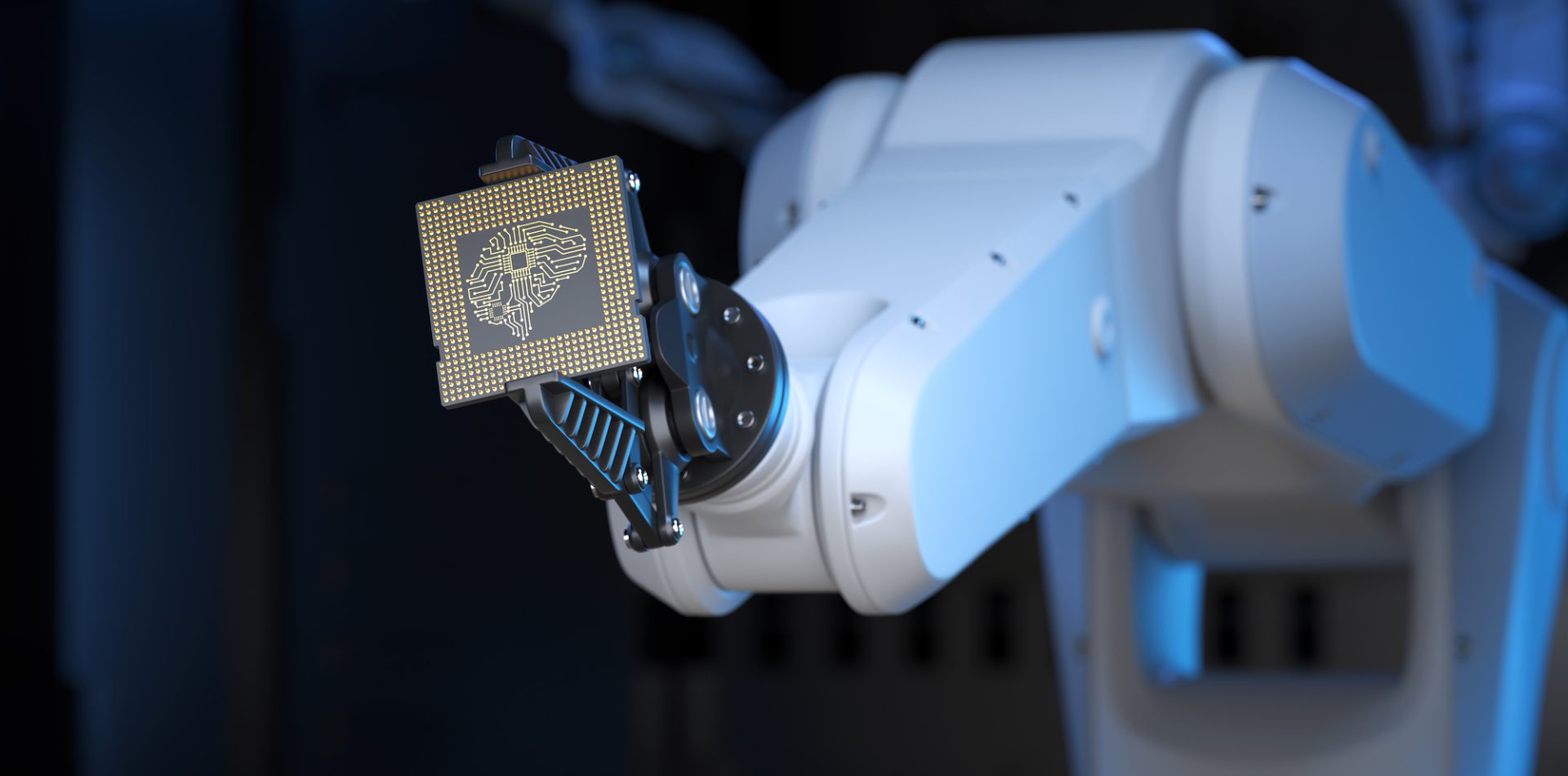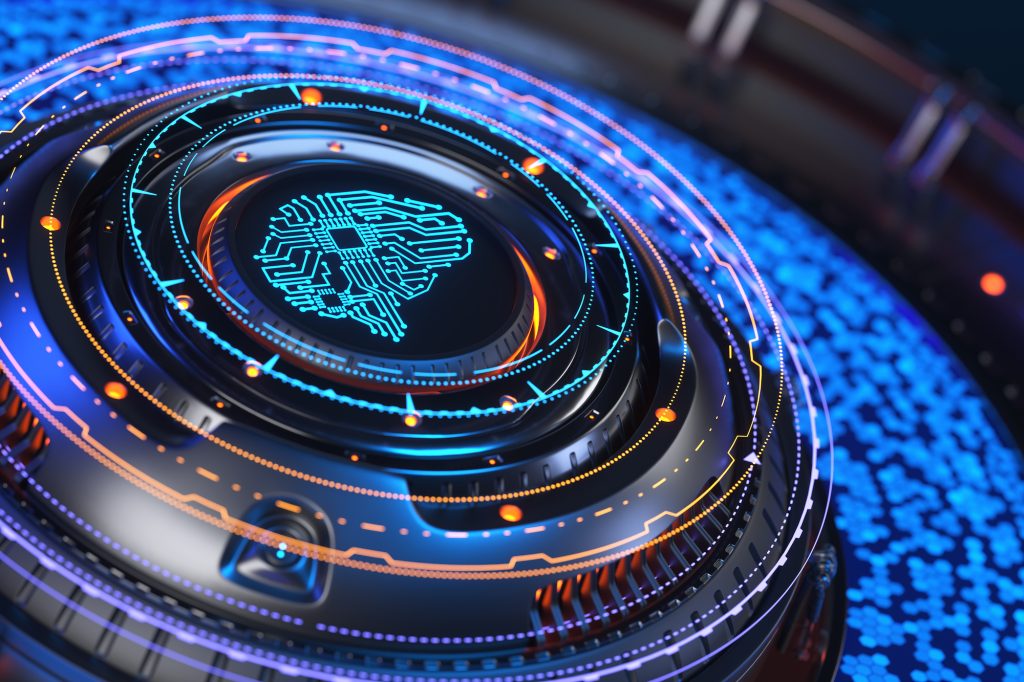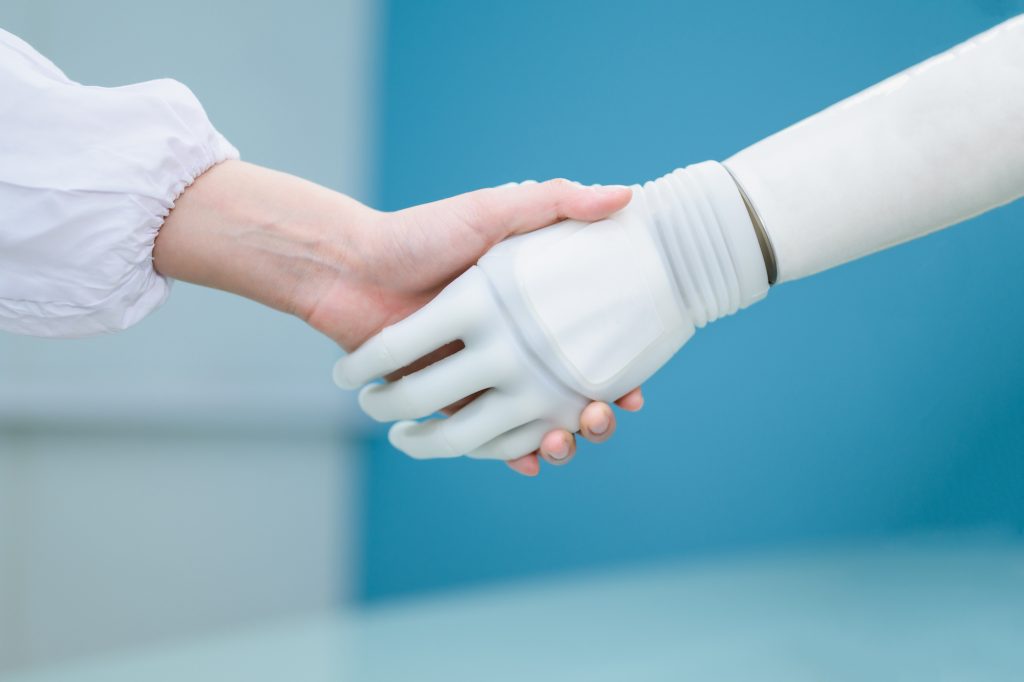
The Artificial Intelligence Debate
Artificial intelligences provide us with answers to various questions and enable us to perform an increasing number of tasks. However, their use raises many questions, sparking an important debate on artificial intelligence. Both as a concept and technological and human evolution. Many questions are of an obvious ethical nature.
The very word “intelligence” in “artificial intelligence” is controversial. Are they really intelligent in a similar way to a conscious human being, or do they simply mimic and appear intelligent? The consensus, so far, is that it is more of an imitation than real true intelligence. The term is used, however, as a way to easily understand what we are referring to.
But what is an Artificial Intelligence?
ChatGPT-4, an AI, provides a description of what an artificial intelligence LLM is.
“An LLM, which stands for “Large Language Model”. This type of model is an advanced artificial intelligence that has been trained to understand and generate text in several languages. LLMs are based on neural network architectures, such as OpenAI’s GPT-4, and are capable of performing natural language processing tasks, such as translation, summarization, text generation and more. These models have been trained on large amounts of text data to be able to understand and answer questions consistently and accurately.”
ChatGPT-4
Despite being well expressed, there is debate as to accuracy, especially on specific highly specialized or controversial topics and questions.
A major concern for creators, in relation to generative AIs that create works such as drawings or photographs, is how these models affect copyright. We will delve into some aspects already mentioned in the blog and discuss others. Read whether an artificial intelligence created works can be copyrighted.

Generative Artificial Intelligences and copyright.
Several of the still existing national registrations have addressed the issue of works created with Generative AI. In general, they agree that works generated by a company owning the AI, through the input of a “prompt” (text input, a question or a stimulus that is provided to the AI system to elicit a response or reaction based on its training and knowledge) from a user, are not copyrighted. Copyright laws establish that these rights are for humans only.
The US Copyright Office, for example, states that works created by AI are not copyrighted. However, questions arise around the use of AI to subtly retouch works. This is similar to what digital retouching programs do, which will gradually incorporate AI into their processes. In any case, and in a first approximation, they conclude that the person who sends something for registration must declare whether there is the intervention of an AI.
What is acceptable and what is not?
What percentage of AI intervention is considered acceptable? This debate is relevant because more and more artists are using AI as a tool in their creative process. Not necessarily for the final work, but to experiment with their own works and create derivative, improved or different versions.
What about prompts?
There has been much talk about the possibility that the “prompt” itself is worthy of copyright protection. The truth is that a prompt is not very different from a text entered into a search engine to obtain results. Some prompts are very extensive and technical, but we are dealing with something more akin to a recipe with general terminology. That can hardly be considered an artistic or literary work.

Other questions on artificial intelligences
Other issues related to the debate on Artificial Intelligence have to do with its quick evolution, with other technologies and data sets they use.
Technological evolution of AI:
The evolutionary quantum leaps of AIs will influence the future outcome of current debates. Some questions will be more pressing and many answers obsolete in a matter of years if not months. Will it be possible to reach conclusions before having to ask further questions?
Dynamic integration with other technologies:
With the increase in processing power, AI will become more and more seamlessly integrated into a multitude of devices. We will only be aware of the change once it has taken place. Imagine vehicles, houses, mobile devices, and all kinds of processes that also involve creations of all kinds being dynamically generated and displayed on the go.
Datasets used by artificial intelligence algorithms:
Not only because of the possible unauthorized use of copyrighted works as a set with which to create works later, which is why we always recommend registering any artistic or literary work in Safe Creative, but also because of the bias that can be introduced if that set of works is previously selected with some kind of prior human bias. The result can be a miss-representation of future possibilities, both at the level of text and other artistic works.
Final thoughts

There is still much debate in this area, and it will be important to transparently declare the process and intervention of AI in the creation of a work. A technological registration, which does not evaluate but allows the user to report in detail, will be an interesting solution to document this whole process.
In addition, we must seek the commitment of the companies that manage and develop AI to be transparent in relation to the data with which these algorithms are fed. In this way, the information surrounding the process can be audited and verified.
